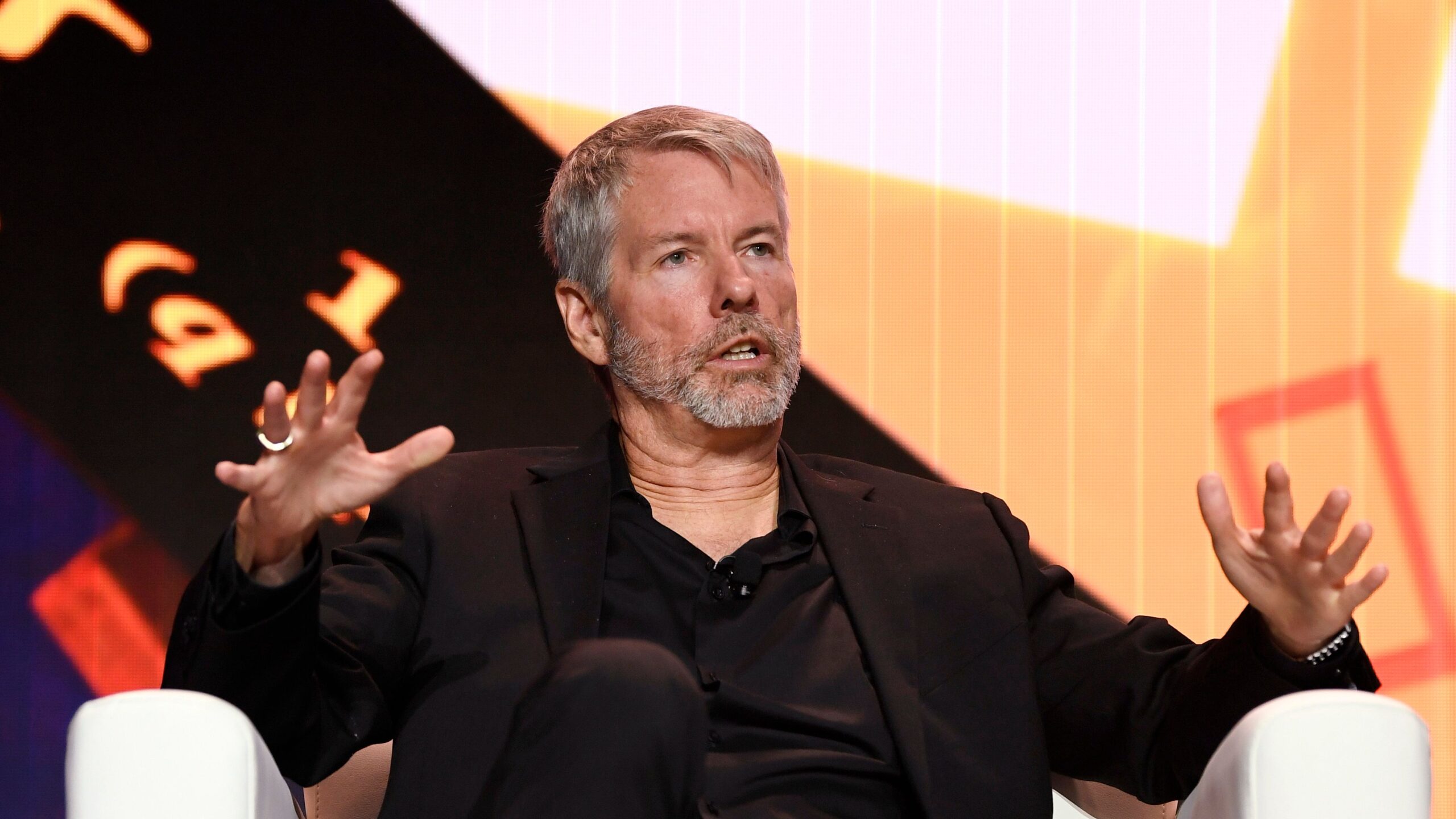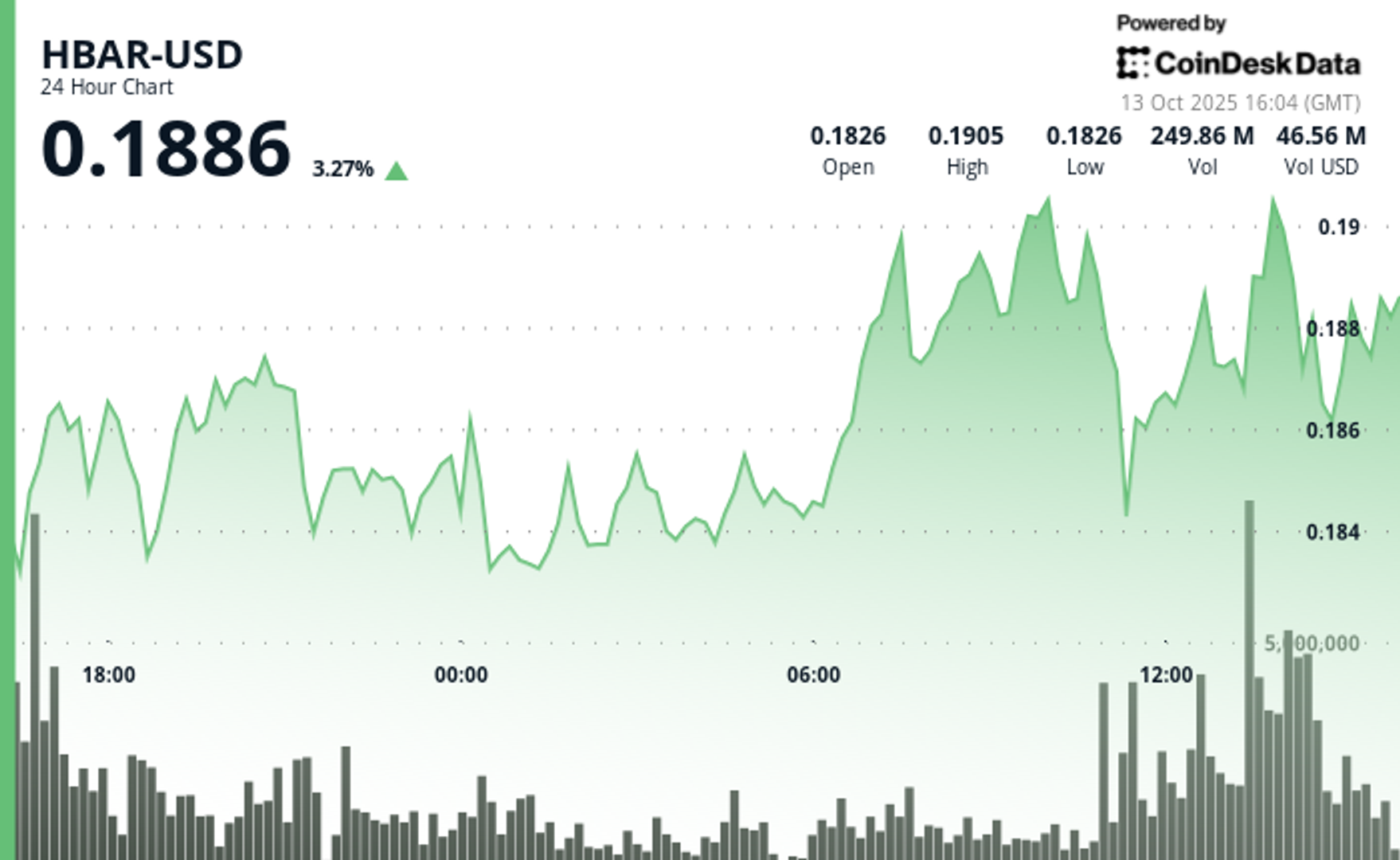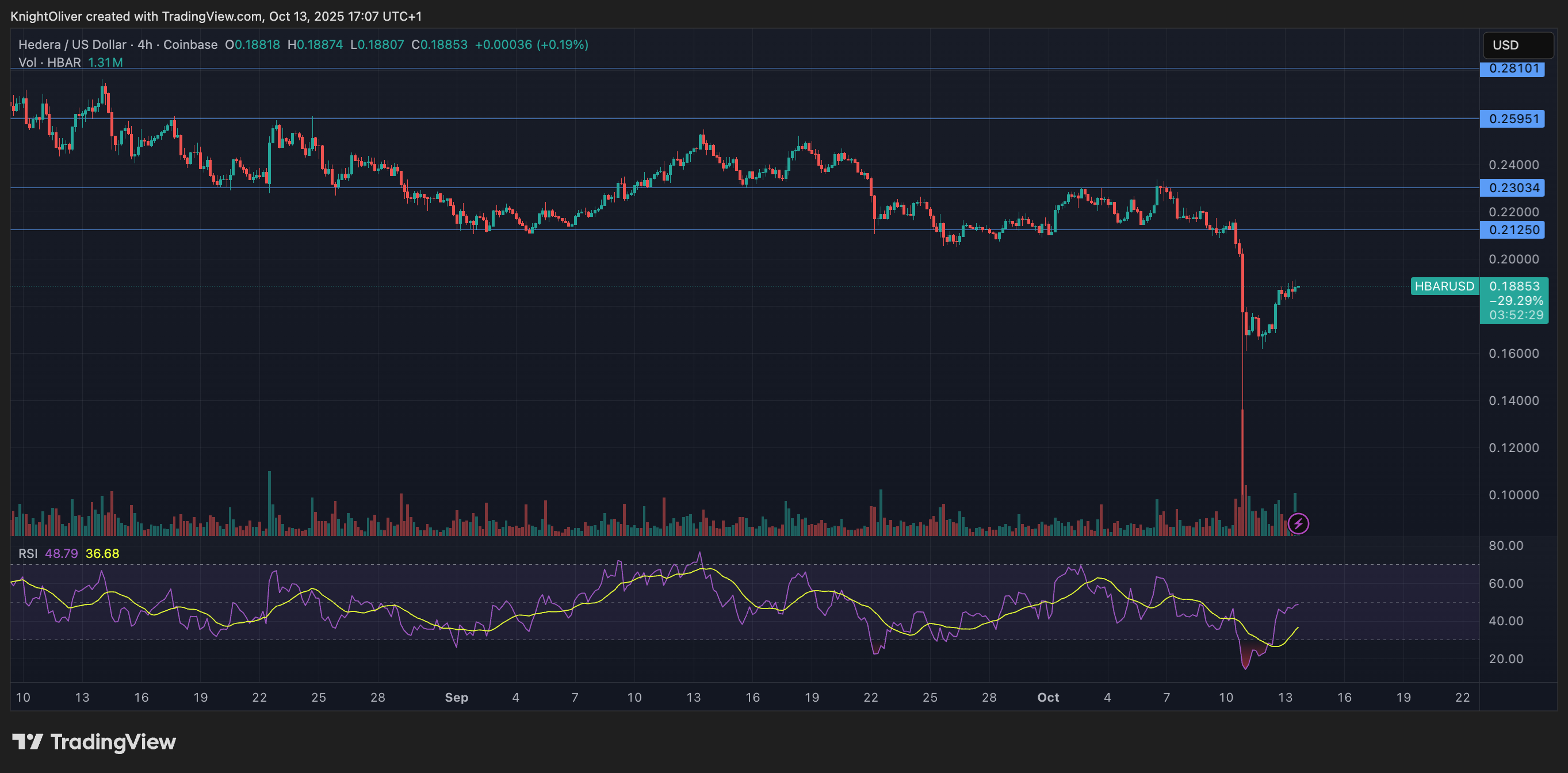Uncategorized
Bitcoin Buying Plans Are Supercharging Stocks. Is This a Michael Saylor Redux — or Another ‘Long Island Iced Tea’ Fad?

What does the ragtag group including a fitness equipment maker, biopharmaceutical company and producer of battery materials have in common?
Bitcoin, of course.
As the cryptocurrency skyrockets to unheard-of levels this month, at least 12 publicly traded companies that previously had nothing to do with crypto announced they plan to buy bitcoin (BTC), choosing it as a modern — and, lately, quite profitable — place to park spare cash. It’s a path illuminated by Michael Saylor’s laser eyes since 2020, when he began converting his sleepy software maker MicroStrategy into a corporate vault for bitcoin.
That’s turned MicroStrategy into a massive stock market success — up roughly 30 times in value since Saylor began buying bitcoin for the company, amassing a massive stockpile now worth about $38 billion. Just this month, its shares have nearly doubled in price since Donald Trump was elected U.S. president after pledging to embrace crypto. (Other crypto stocks have jumped, too. Coinbase, the exchange operator, is up nearly 70% since the day before the election.)
Others are trying to duplicate that success. On Friday, a biotech company, Anixa Biosciences (ANIX), said its board of directors approved buying an undisclosed amount of bitcoin to diversify the company’s treasury reserves. The stock rallied as much as 19% but settled for a 5% advance by the end of the day. Meanwhile, on Thursday, fitness equipment company Interactive Strength (TRNR) said it plans to buy up to $5 million of bitcoin after its board approved the cryptocurrency as a treasury reserve asset. Following the announcement, its stock soared more than 80% at one point before settling for «only» a full-day gain of 11%.
Earlier last week, biopharma company Hoth Therapeutics (HOTH) announced a $1 million bitcoin buying plan, triggering an up to 25% surge in its stock — though nearly the entire rally fizzled by the end of the day. Similarly, companies including LQR House (LQR), Cosmos Health (COSM), Nano Labs (NA), Gaxos (GXAI), Solidion Technology (STI) and Genius Group (GNS) saw momentary spikes in their stock prices after revealing bitcoin treasury plans in November. Only one company fell after its announcement: Acurx Pharma (ACXP).
«The recent bitcoin boom, coupled with MicroStrategy’s 500+% stock surge in 2024, has inspired a wave of companies — particularly microcaps — to announce bitcoin buying strategies,» said Youwei Yang, chief economist at BIT Mining (BTCM).
Whether these newcomers to the Saylor playbook will ever see Saylor-like benefits remains a very open question. «This behavior could end the same way [as previous bull markets]: unsustainable hype followed by sharp corrections as the market realizes many of these announcements lack substance,» Yang said.
And whether the recent entrants ever follow through is also technically unknown. So far, only artificial intelligence firm Genius Group is known to have actually bought any bitcoin.
But who can blame them for trying? Investors who invested early in MicroStrategy are getting ridiculously rich, and even recent investors are making easy money. Saylor largely funds MicroStrategy’s bitcoin purchases with money raised from stock and debt sales. The copycats might gain access to capital markets that they wouldn’t otherwise have had. Traders are following the old adage, «Never fight the tape» — meaning follow the market’s direction no matter the fundamentals, while companies are providing what the market wants. Nobody wants to be «that» person or company telling their bosses, shareholders or anybody else that they underperformed the market because they didn’t follow MicroStrategy’s footsteps.
«Only a few years ago, it was almost too risky to buy bitcoin. Now, however, the risk increasingly seems to be the opposite — not buying is actually the risk,» said Brian D. Evans, the CEO and founder of BDE Ventures, adding that «there’s real pain in not having exposure.»
To the hopefuls, this sudden corporate scramble might be a sign that mainstream bitcoin adoption is finally arriving, especially in an environment where President-elect Trump has said he wants the U.S. government to stockpile bitcoin, too.
«For BTC proponents, the expectation is that a combination of macro factors such as inflation and new-found regulatory friendliness will spur further examples of the asset being placed on corporate balance sheets,» Toronto-based crypto platform FRNT Financial said in a report.
Also, a bitcoin buying strategy could open up capital markets for companies, like it did for MicroStrategy and miner MARA Digital (MARA). Both were able to raise money recently through convertible debt that pays no interest to investors, meaning those investors are willing to forego current income in exchange for the ability to eventually convert the debt to equity, thus gaining bitcoin exposure.
Saying they plan to buy bitcoin «is a useful way for companies to raise capital, not unlike the way MicroStrategy has done over the last few years,» said BDE’s Evans.
However, to cynical ears, it all sounds a bit like the passing fad in the late 2010s that involved companies that previously had nothing to do with crypto adding the word «Blockchain» to their corporate name.
The most famous example of this was little-known beverage maker Long Island Iced Tea renaming itself Long Blockchain, with an explosive result, at least initially: Its share price nearly tripled in a single day after the crypto-rechristening. The gains didn’t stick and the stock was later delisted by Nasdaq. (And three people were accused of insider trading by the U.S. Securities and Exchange Commission.)
There have been other magic words. In the 2021 crypto bull market, big-name companies touted their Web3, metaverse and non-fungible token (NFT) initiatives — trying to hitch their shares to crypto and related hype. Facebook even changed its name to Meta to focus on the metaverse business, which subsequently faced massive losses. Meanwhile, companies with languishing share prices and no connection to crypto dipped their toes into bitcoin mining, a then extremely profitable business.
The brutal bear market that followed turned crypto terminology into dirty words that few wanted to use.
Though MicroStrategy has been able to raise billions from capital markets to fund bitcoin purchases, such a strategy, if pursued by others, could backfire for smaller companies, said Yang. «For microcaps, it risks being seen as a short-term gimmick, deterring serious investors. If bitcoin’s price stabilizes or declines, the stocks’ speculative appeal may fade, leaving these firms vulnerable to investor skepticism and regulatory scrutiny.»
Echoing this sentiment, David Siemer, co-founder and CEO of Wave Digital Assets, said, «While this approach may yield short-term gains in a bullish market, it carries significant risks. Unlike straightforward asset holding, leverage amplifies potential losses during market corrections, underscoring its inherent danger,» he said, pointing to firms that are leveraging the hype around bitcoin to add debt to their balance sheet.
Regardless of who is right, with bitcoin repeatedly smashing all-time highs after Trump’s U.S. election win, magic remains in the air: Announce a Saylor-like bitcoin plan and see your stock take off.
«It’s almost as though we are at a point where a lot of companies feel compelled to do this,» BDE’s Evans said.
Welcome to the new crypto bull market.
Business
Strategy Bought $27M in Bitcoin at $123K Before Crypto Crash

Strategy (MSTR), the world’s largest corporate owner of bitcoin (BTC), appeared to miss out on capitalizing on last week’s market rout to purchase the dip in prices.
According to Monday’s press release, the firm bought 220 BTC at an average price of $123,561. The company used the proceeds of selling its various preferred stocks (STRF, STRK, STRD), raising $27.3 million.
That purchase price was well above the prices the largest crypto changed hands in the second half of the week. Bitcoin nosedived from above $123,000 on Thursday to as low as $103,000 on late Friday during one, if not the worst crypto flash crash on record, liquidating over $19 billion in leveraged positions.
That move occurred as Trump said to impose a 100% increase in tariffs against Chinese goods as a retaliation for tightening rare earth metal exports, reigniting fears of a trade war between the two world powers.
At its lowest point on Friday, BTC traded nearly 16% lower than the average of Strategy’s recent purchase price. Even during the swift rebound over the weekend, the firm could have bought tokens between $110,000 and $115,000, at a 7%-10% discount compared to what it paid for.
With the latest purchase, the firm brought its total holdings to 640,250 BTC, at an average acquisition price of $73,000 since starting its bitcoin treasury plan in 2020.
MSTR, the firm’s common stock, was up 2.5% on Monday.
Business
HBAR Rises Past Key Resistance After Explosive Decline

HBAR (Hedera Hashgraph) experienced pronounced volatility in the final hour of trading on Oct. 13, soaring from $0.187 to a peak of $0.191—a 2.14% intraday gain—before consolidating around $0.190.
The move was driven by a dramatic surge in trading activity, with a standout 15.65 million tokens exchanged at 13:31, signaling strong institutional participation. This decisive volume breakout propelled the asset beyond its prior resistance range of $0.190–$0.191, establishing a new technical footing amid bullish momentum.
The surge capped a broader 23-hour rally from Oct. 12 to 13, during which HBAR advanced roughly 9% within a $0.17–$0.19 bandwidth. This sustained upward trajectory was characterized by consistent volume inflows and a firm recovery from earlier lows near $0.17, underscoring robust market conviction. The asset’s ability to preserve support above $0.18 throughout the period reinforced confidence among traders eyeing continued bullish action.
Strong institutional engagement was evident as consecutive high-volume intervals extended through the breakout window, suggesting renewed accumulation and positioning for potential continuation. HBAR’s price structure now shows resilient support around $0.189–$0.190, signaling the possibility of further upside if momentum persists and broader market conditions remain favorable.

Technical Indicators Highlight Bullish Sentiment
- HBAR operated within a $0.017 bandwidth (9%) spanning $0.174 and $0.191 throughout the previous 23-hour period from 12 October 15:00 to 13 October 14:00.
- Substantial volume surges reaching 179.54 million and 182.77 million during 11:00 and 13:00 sessions on 13 October validated positive market sentiment.
- Critical resistance materialized at $0.190-$0.191 thresholds where price movements encountered persistent selling activity.
- The $0.183-$0.184 territory established dependable support through volume-supported bounces.
- Extraordinary volume explosion at 13:31 registering 15.65 million units signaled decisive breakout event.
- High-volume intervals surpassing 10 million units through 13:35 substantiated significant institutional engagement.
- Asset preserved support above $0.189 despite moderate profit-taking activity.
Disclaimer: Parts of this article were generated with the assistance from AI tools and reviewed by our editorial team to ensure accuracy and adherence to our standards. For more information, see CoinDesk’s full AI Policy.
Business
Crypto Markets Today: Bitcoin and Altcoins Recover After $500B Crash

The crypto market staged a recovery on Monday following the weekend’s $500 billion bloodbath that resulted in a $10 billion drop in open interest.
Bitcoin (BTC) rose by 1.4% while ether (ETH) outperformed with a 2.5% gain. Synthetix (SNX, meanwhile, stole the show with a 120% rally as traders anticipate «perpetual wars» between the decentralized trading venue and HyperLiquid.
Plasma (XPL) and aster (ASTER) both failed to benefit from Monday’s recovery, losing 4.2% and 2.5% respectively.
Derivatives Positioning
- The BTC futures market has stabilized after a volatile period. Open interest, which had dropped from $33 billion to $23 billion over the weekend, has now settled at around $26 billion. Similarly, the 3-month annualized basis has rebounded to the 6-7% range, after dipping to 4-5% over the weekend, indicating that the bullish sentiment has largely returned. However, funding rates remain a key area of divergence; while Bybit and Hyperliquid have settled around 10%, Binance’s rate is negative.
- The BTC options market is showing a renewed bullish lean. The 24-hour Put/Call Volume has shifted to be more in favor of calls, now at over 56%. Additionally, the 1-week 25 Delta Skew has risen to 2.5% after a period of flatness.
- These metrics indicate a market with increasing demand for bullish exposure and upside protection, reflecting a shift away from the recent «cautious neutrality.»
- Coinglass data shows $620 million in 24 hour liquidations, with a 34-66 split between longs and shorts. ETH ($218 million), BTC ($124 million) and SOL ($43 million) were the leaders in terms of notional liquidations. Binance liquidation heatmap indicates $116,620 as a core liquidation level to monitor, in case of a price rise.
Token Talk
By Oliver Knight
- The crypto market kicked off Monday with a rebound in the wake of a sharp weekend leverage flush. According to data from CoinMarketCap, the total crypto market cap climbed roughly 5.7% in the past 24 hours, with volume jumping about 26.8%, suggesting those liquidated at the weekend are repurchasing their positions.
- A total of $19 billion worth of derivatives positions were wiped out over the weekend with the vast majority being attributed to those holding long positions, in the past 24 hours, however, $626 billion was liquidated with $420 billion of that being on the short side, demonstrating a reversal in sentiment, according to CoinGlass.
- The recovery has been tentative so far; the dominance of Bitcoin remains elevated at about 58.45%, down modestly from recent highs, which implies altcoins may still lag as capital piles back into safer large-cap names.
- The big winner of Monday’s recovery was synthetix (SNX), which rose by more than 120% ahead of a crypto trading competition that will see it potentially start up «perpetual wars» with HyperLiquid.
-

 Business12 месяцев ago
Business12 месяцев ago3 Ways to make your business presentation more relatable
-

 Fashion12 месяцев ago
Fashion12 месяцев agoAccording to Dior Couture, this taboo fashion accessory is back
-

 Entertainment12 месяцев ago
Entertainment12 месяцев ago10 Artists who retired from music and made a comeback
-

 Entertainment12 месяцев ago
Entertainment12 месяцев ago\’Better Call Saul\’ has been renewed for a fourth season
-

 Entertainment12 месяцев ago
Entertainment12 месяцев agoNew Season 8 Walking Dead trailer flashes forward in time
-

 Uncategorized4 месяца ago
Uncategorized4 месяца agoRobinhood Launches Micro Bitcoin, Solana and XRP Futures Contracts
-

 Business12 месяцев ago
Business12 месяцев ago15 Habits that could be hurting your business relationships
-

 Entertainment12 месяцев ago
Entertainment12 месяцев agoMeet Superman\’s grandfather in new trailer for Krypton





